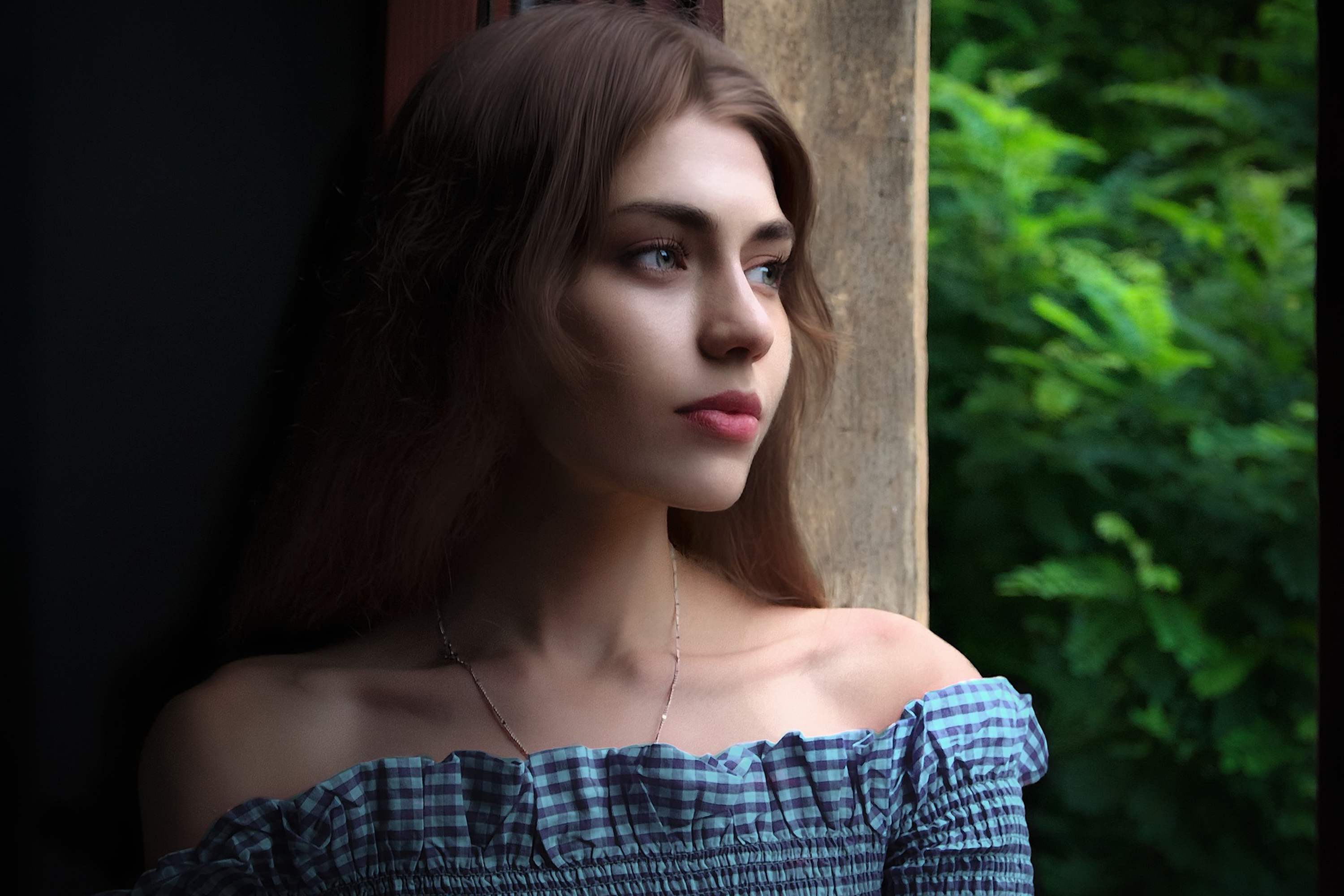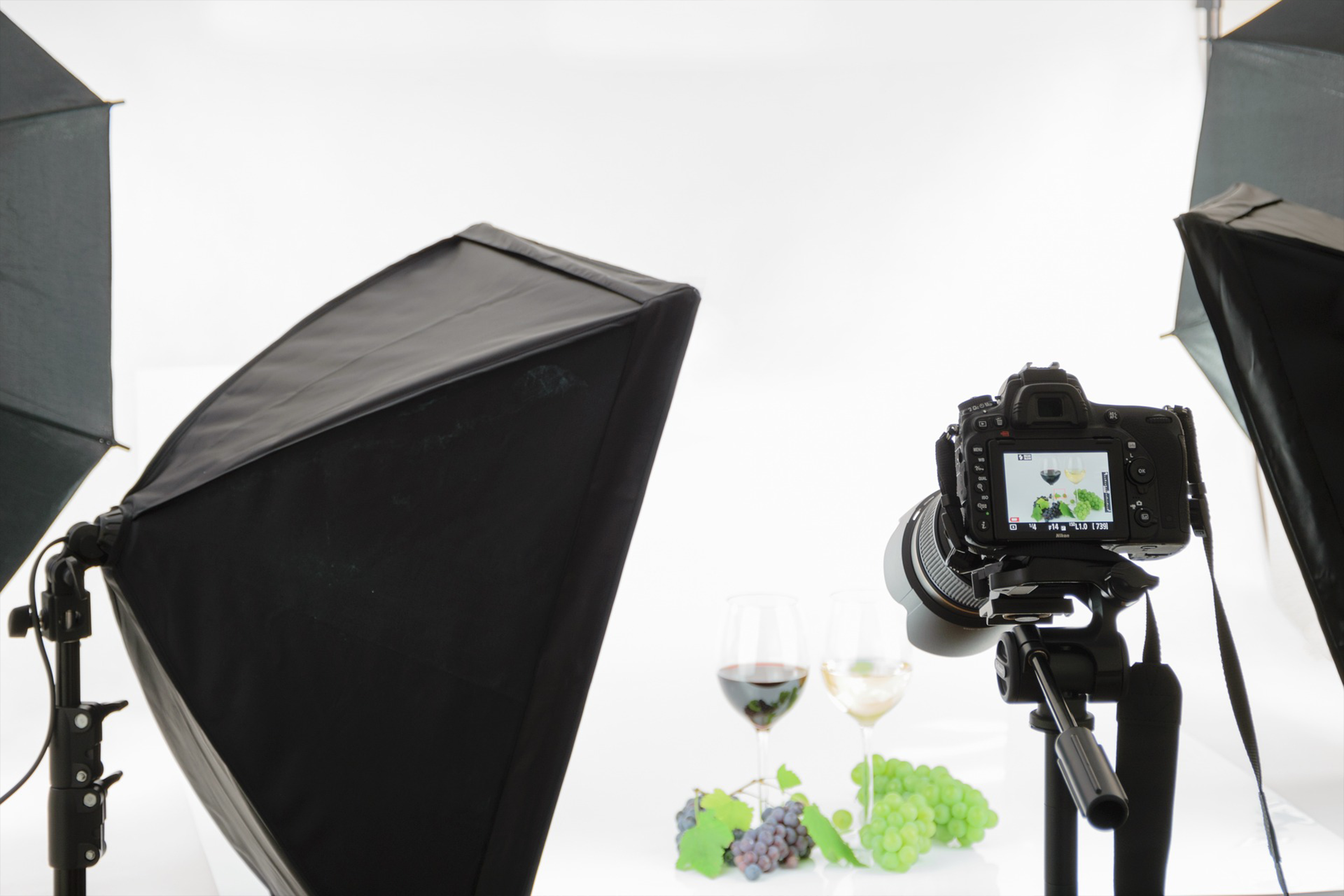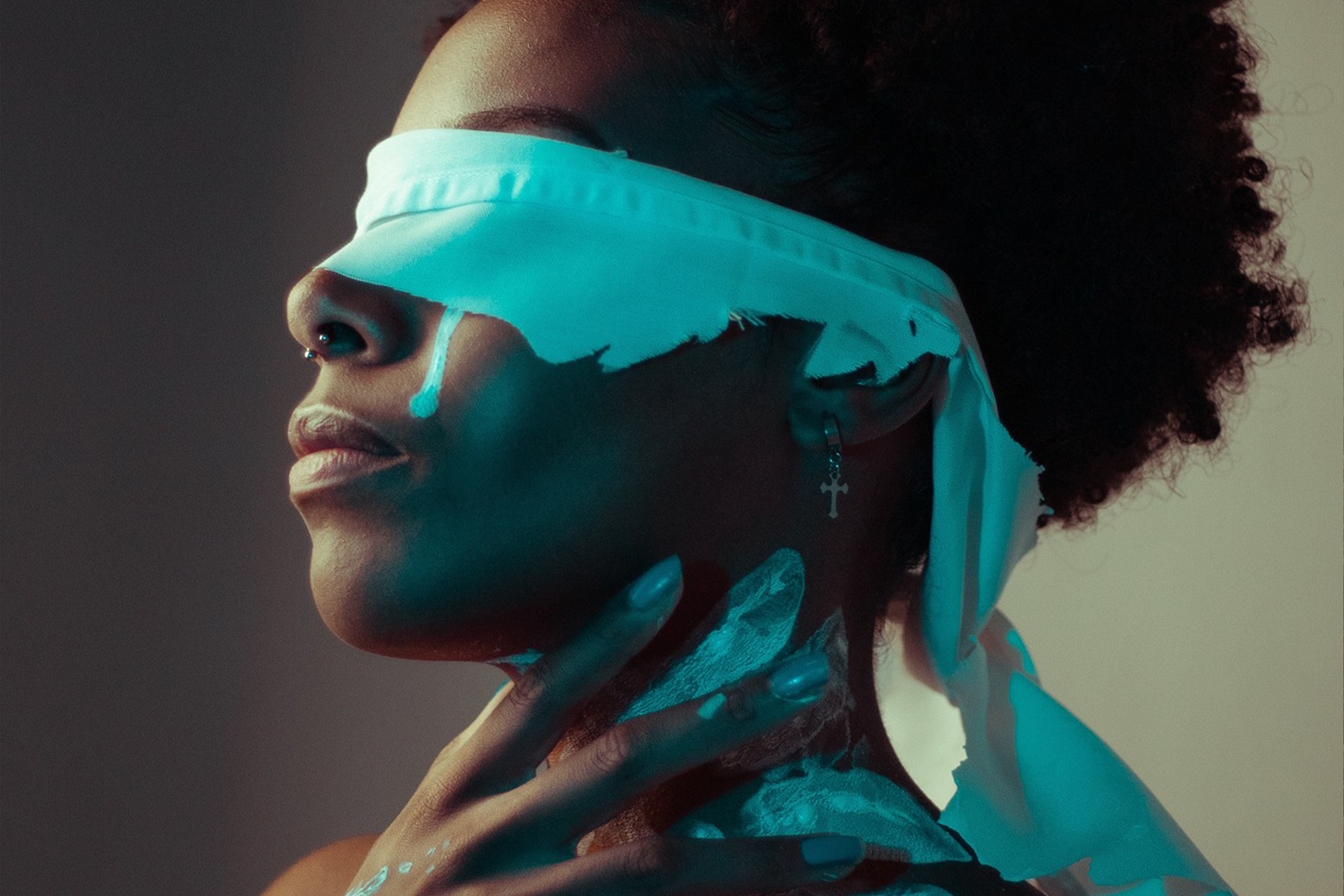Die richtige Beleuchtung kann den Unterschied zwischen einem durchschnittlichen und einem herausragenden Video ausmachen. In diesem Blogbeitrag werden wir einige wertvolle Beleuchtungstipps für Videografen erkunden, die Ihnen helfen sollen, das perfekte Licht einzufangen.
Verstehen Sie die Grundlagen der Beleuchtung

Bevor Sie beginnen, ist es wichtig, die Grundlagen der Beleuchtung zu verstehen. Kennen Sie den Unterschied zwischen hartem und weichem Licht? Hartes Licht entsteht, wenn die Lichtquelle klein ist und das Licht direkt auf das Motiv trifft, ohne diffus zu sein. Es erzeugt harte, definierte Schatten und kontrastreiche Bilder, wie an einem sonnigen Tag ohne Wolken. Weiches Licht hingegen entsteht, wenn die Lichtquelle groß ist oder das Licht gestreut oder diffus gemacht wird, bevor es das Motiv erreicht. Es erzeugt weiche Übergänge zwischen Licht und Schatten und ein sanfteres Erscheinungsbild, ähnlich dem Licht an einem bewölkten Tag oder dem Licht, das durch ein Fenster fällt und durch Vorhänge oder Diffusoren gestreut wird. Wissen Sie auch, wie man mit Lichtintensität und Farbtemperatur arbeitet? Die Lichtintensität kann durch die Nähe oder Entfernung der Lichtquelle zum Motiv gesteuert werden. Näher an der Lichtquelle bedeutet in der Regel eine höhere Intensität und härtere Schatten, während eine größere Entfernung eine niedrigere Intensität und weichere Schatten erzeugt. Zusätzlich können Lichtdimmer oder ND-Filter verwendet werden, um die Intensität des Lichts zu steuern und Überbelichtung zu vermeiden. Die Farbtemperatur des Lichts wird in Kelvin gemessen und beeinflusst die Stimmung und Atmosphäre einer Szene. Kühles Licht (hohe Kelvinzahl) tendiert zu bläulichen Tönen und erzeugt eine kühlere, frischere Atmosphäre, wie bei Tageslicht oder Blitzlicht. Warmes Licht hingegen (niedrige Kelvinzahl) tendiert zu rötlichen oder gelblichen Tönen und erzeugt eine gemütlichere, einladendere Atmosphäre, wie bei Licht einer Glühbirne oder Kerzenlicht. Eine solide Kenntnis dieser Grundlagen wird Ihnen dabei helfen, gezielt das gewünschte Aussehen für Ihr Video zu erzeugen.
Nutzen Sie natürliche Lichtquellen

Natürliches Licht kann in vielen Fällen das beste Licht sein. Wenn möglich, versuchen Sie, natürliche Lichtquellen wie Fenster zu nutzen, um Ihre Szene zu beleuchten. Achten Sie darauf, wie sich das Licht im Laufe des Tages verändert, und planen Sie Ihre Aufnahmen entsprechend.
Investieren Sie in die richtige Ausrüstung

Während natürliche Lichtquellen großartig sind, werden Sie oft zusätzliche Beleuchtung benötigen, um optimale Ergebnisse zu erzielen. Investieren Sie in qualitativ hochwertige Lichtquellen wie LED-Panels oder Softboxen, die es Ihnen ermöglichen, das Licht genau zu steuern und anzupassen..
Experimentieren Sie mit verschiedenen Lichtsetups
Es gibt keine einheitliche Lösung für die ideale Beleuchtung – sie hängt von verschiedenen Faktoren wie dem gewünschten Stil, der Stimmung und der Szenerie ab. Experimentieren Sie daher mit verschiedenen Lichtsetups, um herauszufinden, was am besten funktioniert. Spielen Sie mit der Positionierung der Lichtquellen, dem Winkel und der Intensität, um den gewünschten Effekt zu erzielen.
Achten Sie auf Schatten und Reflexionen

Schatten und Reflexionen können das Aussehen Ihres Videos stark beeinflussen. Achten Sie darauf, unerwünschte Schatten zu minimieren und unerwünschte Reflexionen zu kontrollieren, insbesondere wenn Sie mit reflektierenden Oberflächen arbeiten.
Behalten Sie die Farbtemperatur im Auge

Die Farbtemperatur des Lichts kann eine große Auswirkung auf die Stimmung und Atmosphäre Ihres Videos haben. Achten Sie darauf, dass alle Lichtquellen die gleiche Farbtemperatur haben, um einen konsistenten Look zu erzielen. Experimentieren Sie auch mit verschiedenen Farbtemperaturen, um den gewünschten Effekt zu erzielen.
Arbeiten Sie mit Lichtmodifikatoren
Lichtmodifikatoren wie Diffusoren, Reflektoren und Gels können verwendet werden, um das Licht zu formen und anzupassen. Sie ermöglichen eine feinere Kontrolle über das Licht und helfen Ihnen dabei, den gewünschten Look zu erreichen.

Fazit
Die richtige Beleuchtung ist entscheidend für die Qualität Ihrer Videos. Indem Sie die Grundlagen der Beleuchtung verstehen, die richtige Ausrüstung verwenden, mit verschiedenen Lichtsetups experimentieren und auf Details wie Schatten und Farbtemperatur achten, können Sie das perfekte Licht einfangen und Ihre Videoproduktion auf ein neues Level bringen. Also, machen Sie sich ans Werk und lassen Sie Ihr Licht strahlen!
Wenn Sie Tipps zur Beleuchtung für Videografen teilen möchten,, taggen Sie uns gerne auf Instagram und Facebook mit dem Hashtag #jinbeifotobox. Wir freuen uns auf Ihre Ergebnisse!




